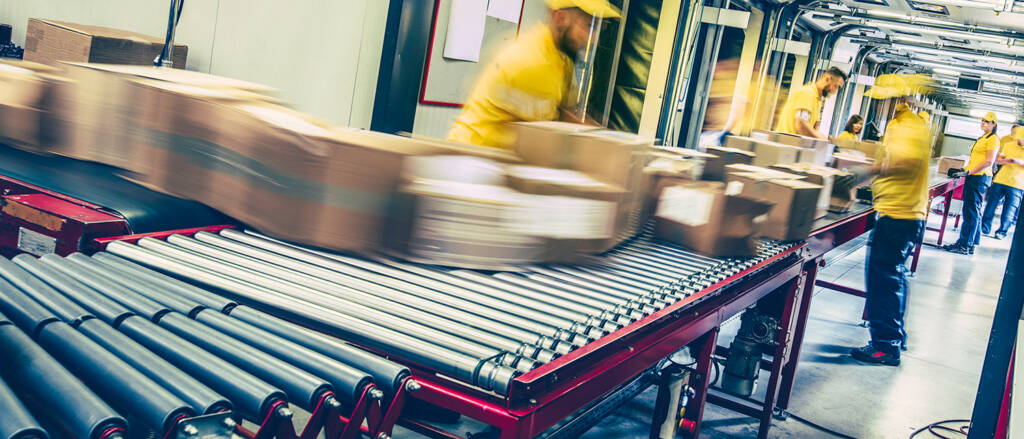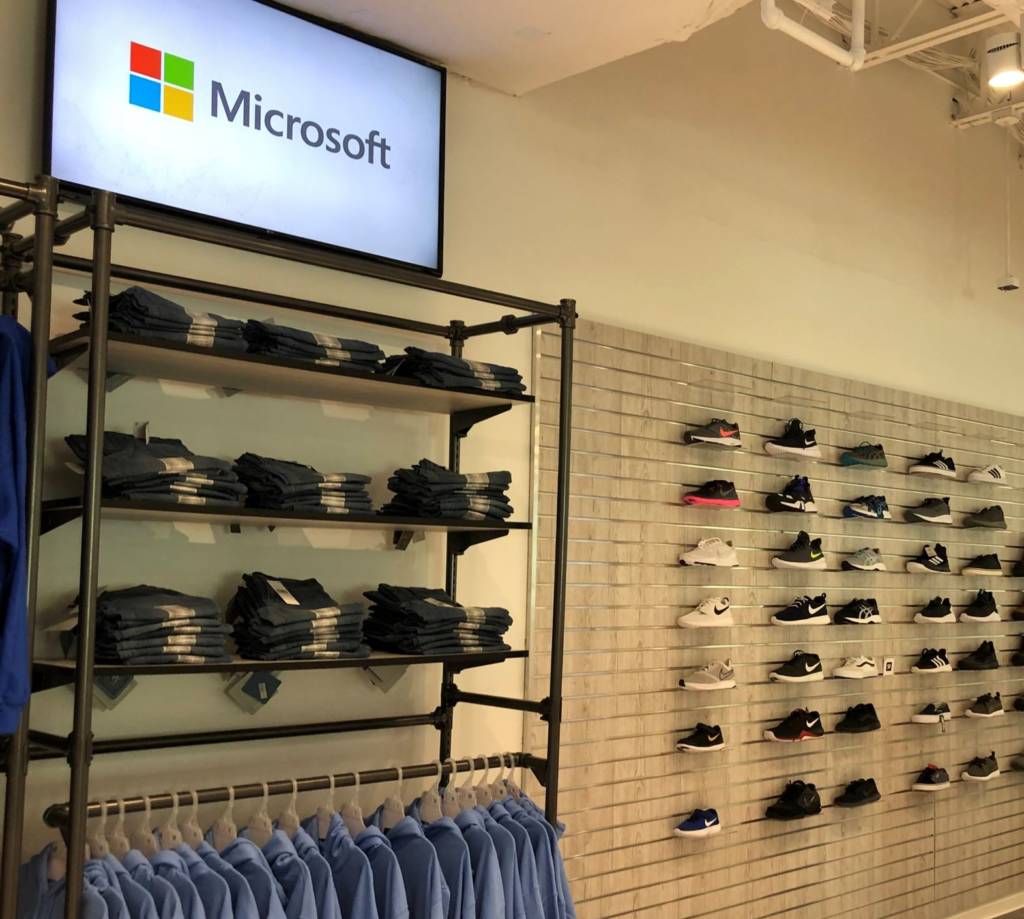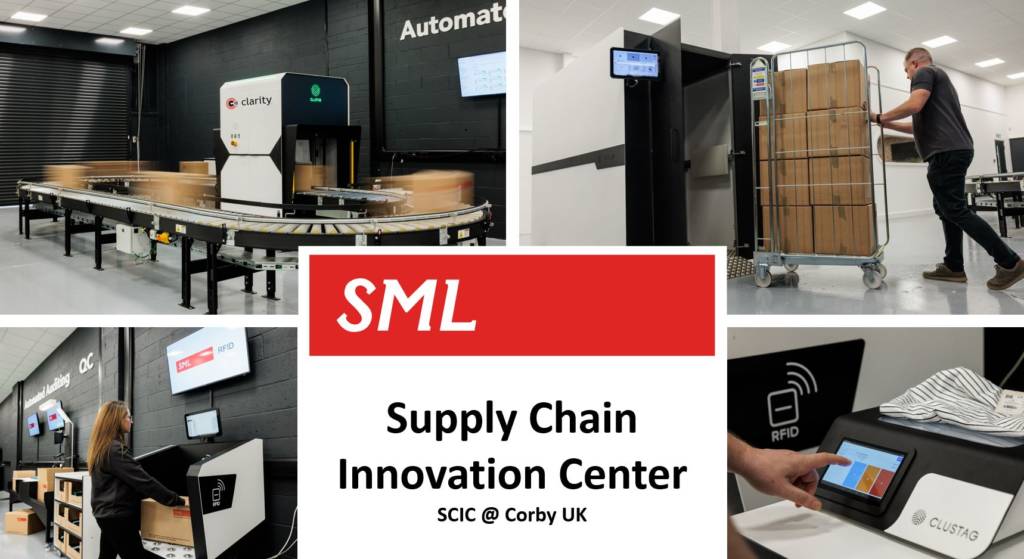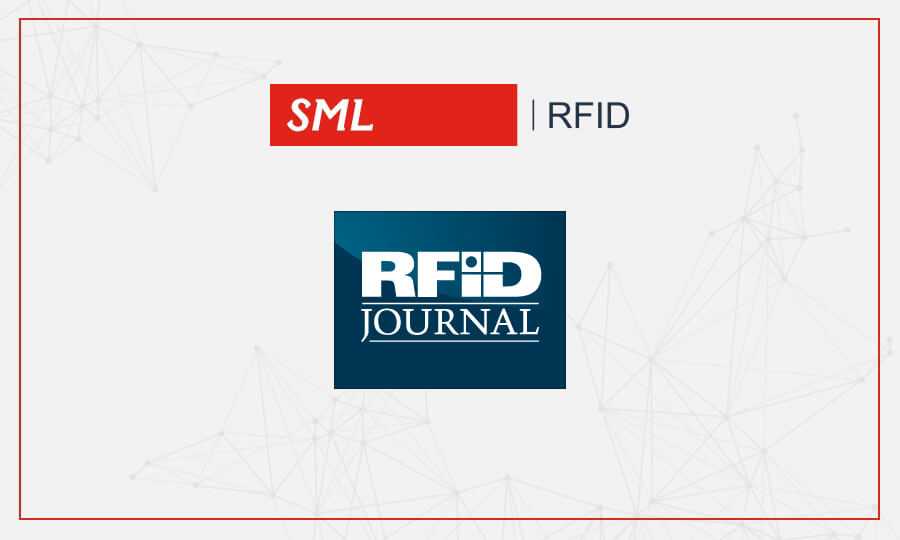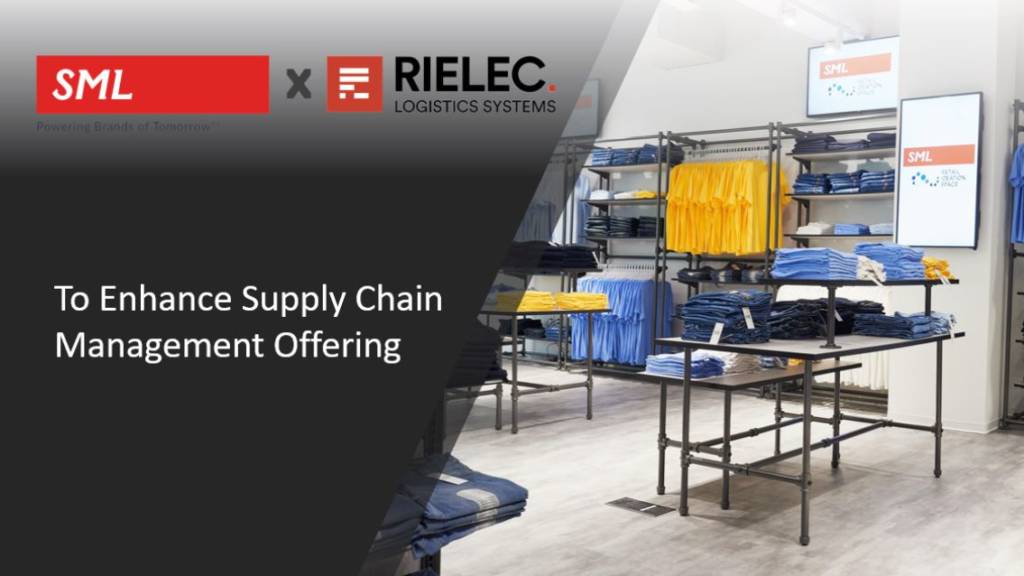Preparing to restart the supply chain
Originally published on a1retailmagazine.com
As a result their pipelines emptied without the possibility of being refilled. Now, with these stores set to reopen in the UK on the 15th June, retailers now face the difficult task of picking up where they left off- sorting through enormous amounts of back-dated stock, whilst keeping up with unpredictable demand and prioritising customer satisfaction.
COVID-19 and the Supply Chain
The pandemic has had implications at every single point of the supply chain. At the distribution center level, retailers now have hundreds of shipping containers which have not been properly processed. They now face the challenge of quickly sorting through these containers, deciding which needs to be marked down and which needs to be put in storage for next year. This time-consuming task will need to be conducted efficiently and quickly to make room for the next load of stock that will soon be arriving.
Further down the supply chain at store back stocks, it is estimated that over 30% of inventory for clothing and footwear retailers will need to be marked down in the next few months. However, many are lacking in the correct technology that will allow them to conduct this process efficiently, nor have a transparent view of their inventory to know exactly how much of their stock will need to be reduced.
Knowing where to begin getting the supply chain back up and running will be overwhelming for many and retailers also have significant concerns around what consumers will want to purchase. It will be extremely difficult to predict customer needs over the coming months and as a result, planning stock levels accurately will be almost impossible.
Optimising accuracy with RFID
As a level of normality returns to non-essential retail stores, the industry needs to prepare for the sudden burst in consumer behaviour. Having an accurate view of their inventory, and with what products they actually have and where they are in the supply chain, is a significant challenge for retailers. Many have therefore turned to RFID technology to boost their retail inventory efficiency and have achieved accuracy levels of up to 98%.
What’s more, RFID significantly reduces the amount of time spent by staff manually doing stock checks, which can often have inaccuracies due to human error. As a result, retailers can cut staffing costs and ensure employees are better purposed to do more worthwhile tasks for the business which will be vital once the supply chain is back up and running.
As everyone continues to work towards the ‘new normal’, it is more important than ever for retailers to be as prepared as they can be to effectively refill their supply chain. Undoubtedly, the global pandemic and lockdown will have a lasting effect for retailers and keeping up with customer demand will be key. Therefore implementing technologies, such as RFID, that will allow them to track their stock, maintain efficient inventory management and keep up with consumers’ needs could be the key to the future of retail.



